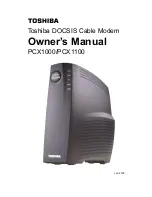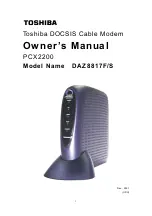
CDM-750 Advanced High-Speed Trunking Modem
Revision 2
Appendix D
MN-CDM750
D–5
D.4
System Functionality and Operational Considerations
illustrates
a
conventional,
full
duplex
satellite
link
where
two
carriers
are
placed
in
non
‐
overlapping
channels.
shows
the
same
link
using
CDM
‐
750s
equipped
with
the
CnC
option.
Note
now
that,
with
CnC
used,
only
50%
of
the
bandwidth
is
being
used,
as
both
carriers
are
occupying
the
same
bandwidth.
The
transponder
downlinks
the
composite
signal
containing
both
carriers
on
the
same
band
to
the
CDM
‐
750
which
then
translates
the
signal
to
near
baseband
where
it
can
be
filtered
(decimated)
and
then
processed
as
a
complex
envelope
signal.
The
CDM
‐
750
then
suppresses
the
version
of
the
near
end
carrier
on
the
downlink
side
and
then
passes
the
desired
carrier
to
the
demodulator
for
normal
processing.
To
further
illustrate
in
without
CnC,
the
two
carriers
in
a
typical
full
duplex
satellite
link
are
adjacent
to
each
other.
With
CnC,
only
the
composite
signal
is
visible
when
observed
on
a
spectrum
analyzer.
Carrier
1
and
Carrier
2
(shown
here
for
reference
only)
are
overlapping,
thus
sharing
the
same
spectrum.
Figure D-2. Conventional FDMA Link
Summary of Contents for CDM-750
Page 76: ...CDM 750 Advanced High Speed Trunking Modem Revision 2 Updating Firmware MN CDM750 4 12 Notes...
Page 224: ...CDM 750 Advanced High Speed Trunking Modem Revision 2 Appendix A MN CDM750 A 4 Notes...
Page 234: ...CDM 750 Advanced High Speed Trunking Modem Revision 2 Appendix B MN CDM750 B 10 Notes...
Page 256: ...CDM 750 Advanced High Speed Trunking Modem Revision 2 Appendix C MN CDM750 C 22 Notes...
Page 280: ...CDM 750 Advanced High Speed Trunking Modem Revision 2 Appendix D MN CDM750 D 24 Notes...
Page 300: ...2114 WEST 7TH STREET TEMPE ARIZONA 85281 USA 480 333 2200 PHONE 480 333 2161 FAX...















































